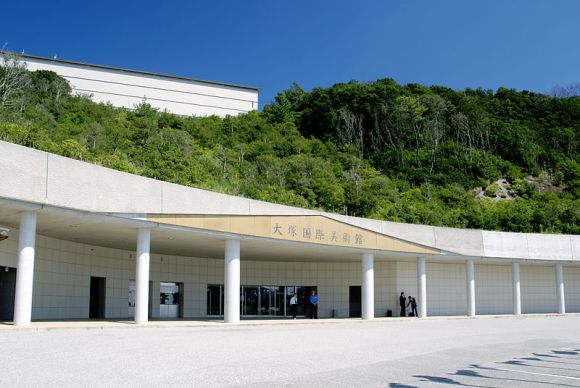
The Otsuka Museum of Art is a place of extremes. It’s the biggest exhibition space in Japan, housing masterpieces of Western art from antiquity to the modern day. The route around its 1,000 artworks is 4km long (2.5 miles), and it takes a full, tiring day to see it all. And with a 3,150 yen (US $29.22) adult admission fee, it’s also Japan’s most expensive gallery.
The works on show are, quite literally, too good to be true. The Mona Lisa, The Last Supper, Guernica, Van Gogh’s Sunflowers, Rembrandt’s self-portraits: everything is here. And every single one of them is a replica. But why are so many people prepared to pay through the nose to see prints of masterpieces?
The museum, which is located near the Naruto Straight in Tokushima-ken, was founded by Otsuka Pharmaceutical in 1998 – the company that brought the world Pocari Sweat and Calorie Mate. It contains more than 1,000 masterpieces of Western art, all of them reproduced onto ceramic boards. As well as replicas of an enormous range of paintings including the complete works of Leonardo da Vinci and all of Rembrandt’s self-portraits, the museum is also home to large-scale reproductions including the interior of the Sistine Chapel and a long-lost El Greco altarpiece.
▼ Possibly contains even more Japanese tourists than the actual Sistine Chapel.
At a whopping 3,150 yen ($29.22) for adult admission, it’s reported to be Japan’s most expensive gallery (for comparison, the National Museum of Modern Art in Tokyo is 420 yen [$3.90]). But the price tag doesn’t seem to have held the Otsuka museum back: in 2011, TripAdvisor users voted it the best museum/art gallery in Japan. (We bet the curators of all those “real” paintings in Japan’s other art galleries were cheering when the Otsuka gallery slid back down to Number 8 in TripAdvisor’s rankings this year.)
Like those copies of entire cities that appear suddenly in China, it’s easy to laugh at this “museum of fakes”. But leaving aside the difference between making replica prints with permission, and breaking architectural copyright, the Otsuka Museum of Art fills the same gap in the market as China’s fake Manhattans and little Venices do: it provides an affordable alternative to travelling abroad to see the originals.
Huge collections of Western art don’t come on tour to Japan: even the relatively large-scale Louvre exhibition coming to Tokyo next year is only 70 pieces. Compared to that, a permanent collection housing 1,000 pieces of Western art – from 25 different countries, no less – starts to sound pretty amazing, even if they are replicas. The original version of Picasso’s ‘Geurnica’ is too delicate to be moved; the El Greco altarpiece ‘Doña María de Aragón’, is split between Madrid and Bucharest.
▼ ‘El Replico’ (they don’t call it that, but they should).
The museum actually attempts to provide a visitor experience that is better than the real thing, freeing visitors from the restrictions that conventional museums have to apply to protect artworks from damage. Photography is allowed in all parts of the Otsuka galleries, and there are no ropes or wires to stand behind. You can stand as close to the replica paintings as you want, and even touch them.
Otsuka’s museum directors see their porcelain replicas as capturing a moment in history: they form a permanent record of the condition these works were in at the turn of the millennium. While the original artworks, scattered around the globe, will continue to fade and deteriorate, the ceramic prints in Tokushima are intended to last for at least another 2,000 years.
Sources: Naver Matome, Otsuka Museum
Images: Wikipedia/663highland, colocal, toffee-chan
Top image: Wikipedia/663highland
Featured image: Tokushima Prefecture Tourism Association

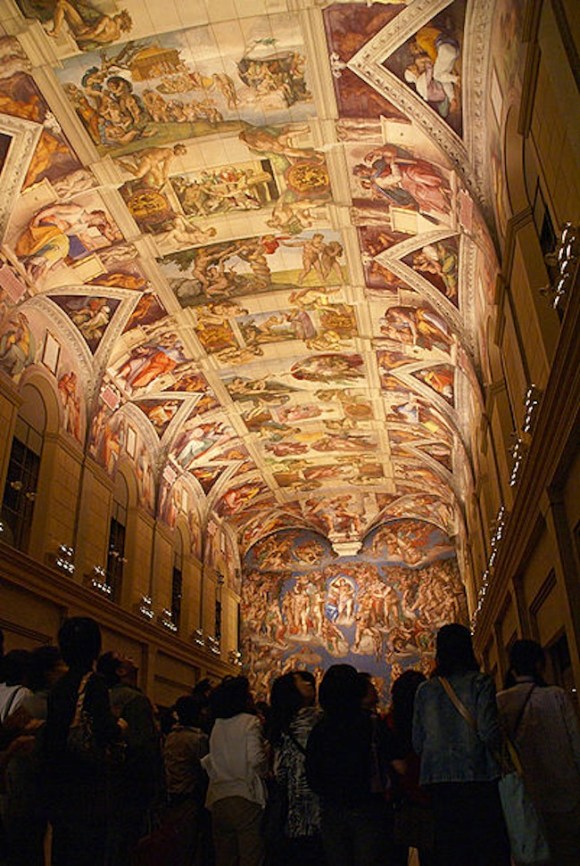
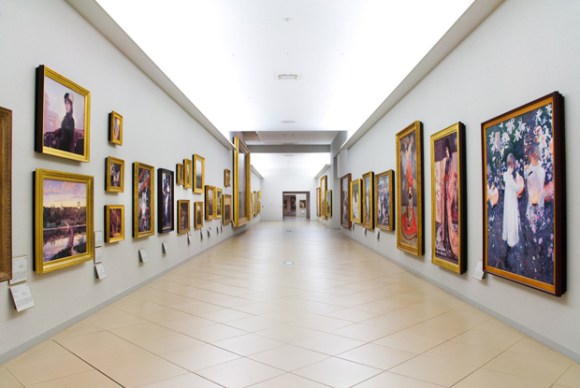
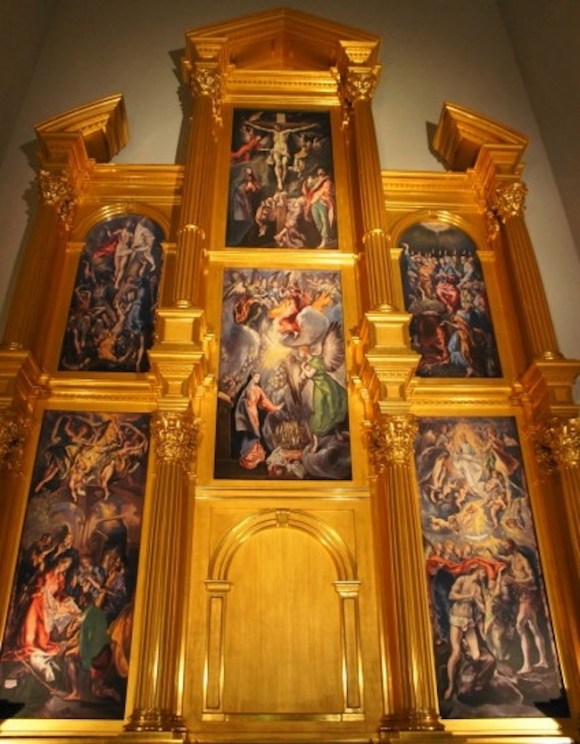
 Details of the Pokémon/Van Gogh art museum crossover are just as adorable as we’d hoped【Pics】
Details of the Pokémon/Van Gogh art museum crossover are just as adorable as we’d hoped【Pics】 Pikachu meets Van Gogh? Official Pokémon event to take place at Van Gogh Museum【Video】
Pikachu meets Van Gogh? Official Pokémon event to take place at Van Gogh Museum【Video】 New Star Wars home collection from Japanese manufacturer brings the Force to interior decorating
New Star Wars home collection from Japanese manufacturer brings the Force to interior decorating See America through the eyes of Chiura Obata, a Japanese artist from the early 1900s
See America through the eyes of Chiura Obata, a Japanese artist from the early 1900s The top 20 places to visit in Tokyo, as chosen by travelers
The top 20 places to visit in Tokyo, as chosen by travelers McDonald’s new Happy Meals offer up cute and practical Sanrio lifestyle goods
McDonald’s new Happy Meals offer up cute and practical Sanrio lifestyle goods More foreign tourists than ever before in history visited Japan last month
More foreign tourists than ever before in history visited Japan last month All-you-can-drink Starbucks and amazing views part of Tokyo’s new 170 meter-high sky lounge
All-you-can-drink Starbucks and amazing views part of Tokyo’s new 170 meter-high sky lounge Arrest proves a common Japanese saying about apologies and police
Arrest proves a common Japanese saying about apologies and police Starbucks reopens at Shibuya Scramble Crossing with new look and design concept
Starbucks reopens at Shibuya Scramble Crossing with new look and design concept Beautiful Sailor Moon manhole cover coasters being given out for free by Tokyo tourist center
Beautiful Sailor Moon manhole cover coasters being given out for free by Tokyo tourist center The oldest tunnel in Japan is believed to be haunted, and strange things happen when we go there
The oldest tunnel in Japan is believed to be haunted, and strange things happen when we go there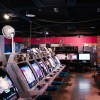 Tokyo’s most famous arcade announces price increase, fans don’t seem to mind at all
Tokyo’s most famous arcade announces price increase, fans don’t seem to mind at all Beautiful new Final Fantasy T-shirt collection on the way from Uniqlo【Photos】
Beautiful new Final Fantasy T-shirt collection on the way from Uniqlo【Photos】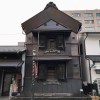 Enjoy a Japanese tea ceremony in a traditional storehouse
Enjoy a Japanese tea ceremony in a traditional storehouse Disney princesses get official manga makeovers for Manga Princess Cafe opening in Tokyo
Disney princesses get official manga makeovers for Manga Princess Cafe opening in Tokyo We try out “Chan Ramen”, an underground type of ramen popular in the ramen community
We try out “Chan Ramen”, an underground type of ramen popular in the ramen community Foreign English teachers in Japan pick their favorite Japanese-language phrases【Survey】
Foreign English teachers in Japan pick their favorite Japanese-language phrases【Survey】 Is the new Shinkansen Train Desk ticket worth it?
Is the new Shinkansen Train Desk ticket worth it? There’s a park inside Japan where you can also see Japan inside the park
There’s a park inside Japan where you can also see Japan inside the park Japanese convenience store packs a whole bento into an onigiri rice ball
Japanese convenience store packs a whole bento into an onigiri rice ball Studio Ghibli releases Kiki’s Delivery Service chocolate cake pouches in Japan
Studio Ghibli releases Kiki’s Delivery Service chocolate cake pouches in Japan Japan’s bone-breaking and record-breaking roller coaster is permanently shutting down
Japan’s bone-breaking and record-breaking roller coaster is permanently shutting down New definition of “Japanese whiskey” goes into effect to prevent fakes from fooling overseas buyers
New definition of “Japanese whiskey” goes into effect to prevent fakes from fooling overseas buyers Foreign passenger shoves conductor on one of the last full runs for Japan’s Thunderbird train
Foreign passenger shoves conductor on one of the last full runs for Japan’s Thunderbird train Our Japanese reporter visits Costco in the U.S., finds super American and very Japanese things
Our Japanese reporter visits Costco in the U.S., finds super American and very Japanese things Kyoto bans tourists from geisha alleys in Gion, with fines for those who don’t follow rules
Kyoto bans tourists from geisha alleys in Gion, with fines for those who don’t follow rules Studio Ghibli unveils Mother’s Day gift set that captures the love in My Neighbour Totoro
Studio Ghibli unveils Mother’s Day gift set that captures the love in My Neighbour Totoro Domino’s Japan now sells…pizza ears?
Domino’s Japan now sells…pizza ears? New Japanese KitKat flavour stars Sanrio characters, including Hello Kitty
New Japanese KitKat flavour stars Sanrio characters, including Hello Kitty Sales of Japan’s most convenient train ticket/shopping payment cards suspended indefinitely
Sales of Japan’s most convenient train ticket/shopping payment cards suspended indefinitely Sold-out Studio Ghibli desktop humidifiers are back so Totoro can help you through the dry season
Sold-out Studio Ghibli desktop humidifiers are back so Totoro can help you through the dry season Japanese government to make first change to romanization spelling rules since the 1950s
Japanese government to make first change to romanization spelling rules since the 1950s Ghibli founders Toshio Suzuki and Hayao Miyazaki contribute to Japanese whisky Totoro label design
Ghibli founders Toshio Suzuki and Hayao Miyazaki contribute to Japanese whisky Totoro label design Doraemon found buried at sea as scene from 1993 anime becomes real life【Photos】
Doraemon found buried at sea as scene from 1993 anime becomes real life【Photos】 Tokyo’s most famous Starbucks is closed
Tokyo’s most famous Starbucks is closed One Piece characters’ nationalities revealed, but fans have mixed opinions
One Piece characters’ nationalities revealed, but fans have mixed opinions We asked a Uniqlo employee what four things we should buy and their suggestions didn’t disappoint
We asked a Uniqlo employee what four things we should buy and their suggestions didn’t disappoint Princesses, fruits, and blacksmiths: Study reveals the 30 most unusual family names in Japan
Princesses, fruits, and blacksmiths: Study reveals the 30 most unusual family names in Japan Studio Ghibli’s new desktop Howl’s Moving Castle will take your stationery on an adventure
Studio Ghibli’s new desktop Howl’s Moving Castle will take your stationery on an adventure Massive Ghibli Exhibition opening next in Tokyo with artwork spanning Nausicaa to The Red Turtle
Massive Ghibli Exhibition opening next in Tokyo with artwork spanning Nausicaa to The Red Turtle Edo and Meiji era Japanese artwork now available for free download 【Pics】
Edo and Meiji era Japanese artwork now available for free download 【Pics】 Immersive Museum offers impressive impressionist fun this summer in Tokyo
Immersive Museum offers impressive impressionist fun this summer in Tokyo Pikachu Van Gogh Pokémon card pulled from museum promotion for “safety and security” reasons
Pikachu Van Gogh Pokémon card pulled from museum promotion for “safety and security” reasons Samurai Ninja Museum Tokyo With Experience is true to its name, lets you slice with real katana
Samurai Ninja Museum Tokyo With Experience is true to its name, lets you slice with real katana The new Simose Art Museum in Hiroshima houses a floating, futuristic surprise next to the sea
The new Simose Art Museum in Hiroshima houses a floating, futuristic surprise next to the sea Louvre masterpieces heading for Japan for first time in six years
Louvre masterpieces heading for Japan for first time in six years Finally! First-ever Pokémon manhole covers installed in downtown Tokyo
Finally! First-ever Pokémon manhole covers installed in downtown Tokyo Art Aquarium Ginza offers a captivating new way to enjoy the cherry blossoms–with goldfish!
Art Aquarium Ginza offers a captivating new way to enjoy the cherry blossoms–with goldfish! Tokyo’s Ghibli museum to reopen this month, but only for one group of people
Tokyo’s Ghibli museum to reopen this month, but only for one group of people There’s a samurai-era village for you to walk through at this awesome overlooked museum in Japan
There’s a samurai-era village for you to walk through at this awesome overlooked museum in Japan TeamLab Borderless: A visitor’s guide to Tokyo’s new jaw-dropping interactive light museum
TeamLab Borderless: A visitor’s guide to Tokyo’s new jaw-dropping interactive light museum Looking for a job in Japan? Now you can work in the world of anime at the Ghibli Museum!
Looking for a job in Japan? Now you can work in the world of anime at the Ghibli Museum! Tokyo museum’s current exhibition offers a dose of retro style and romance from 100 years ago
Tokyo museum’s current exhibition offers a dose of retro style and romance from 100 years ago Amazing new exhibits from Japanese art team TeamLab coming to life in the U.S.A.
Amazing new exhibits from Japanese art team TeamLab coming to life in the U.S.A.
Leave a Reply